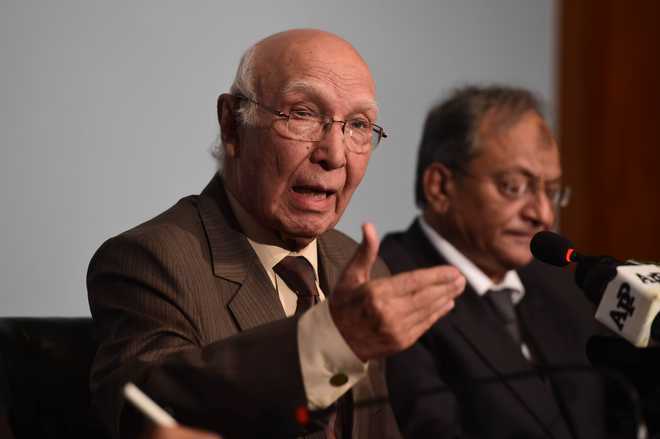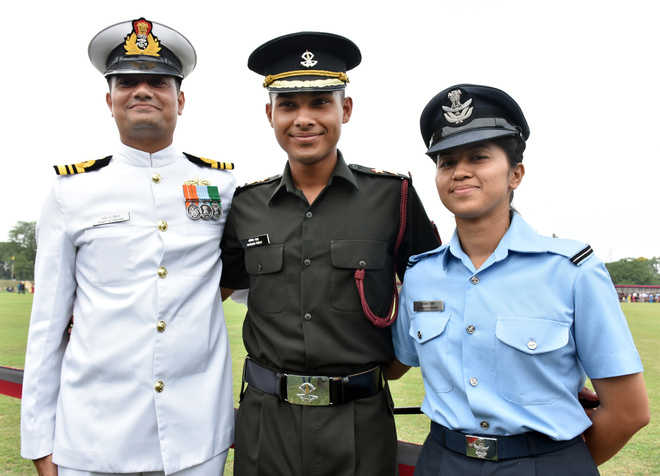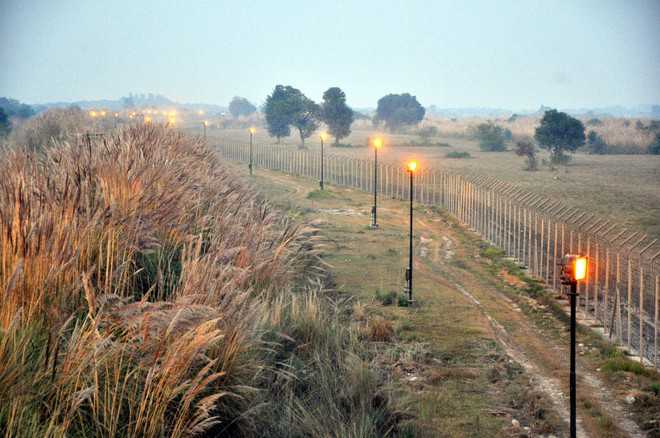In a demonstration of India’s ‘Act East’ policy and Indian Navy’s increasing footprint and operational reach, Indian Naval Ships Sahyadri and Shakti have arrived at Subic Bay on a three day visit, as part of deployment of the Eastern Fleet to the South China Sea and Western Pacific.
During the visit, the IN ships will have professional interaction with the Philippine Navy towards further enhancing co-operation between the two forces. In addition, calls on senior Government and military authorities, sporting and cultural interactions and sharing of best practices, aimed at strengthening ties and mutual understanding between the two Navies, are also planned. The visiting IN ships are also likely to conduct exercises with the Philippine Navy, aimed at enhancing interoperability in communication as well as Search and Rescue procedures, post departure from Subic Bay. INS Sahyadri is commanded by Captain K S Rajkumar and INS Shakti is commanded by Captain Gagan Kaushal.
Bilateral relations between India and Philippines are characterised by strong bonds of friendship based on cultural and economic ties dating back to 7th Century AD. Indian cultural influence reached the Philippines indirectly via the two great Indo-Malayan empires, the Sri Vijaya Empire based at Sumatra and Majapahit Empire of Java, which traded with Philippines. Bilateral relations between the countries received a fresh impetus since the initiation of ASEAN-India Summit level partnership and establishment of East Asia Summit, of which India is a founding member. These annual summits have provided an excellent platform for regular meetings between leaders of both countries, the most recent being in November 2015, at Nay Pyi Taw, Myanmar where Hon’ble Prime Minister Shri Narendra Modi had a bilateral meeting with the Philippine President. Bilateral trade between the nations stands at US $ 1.6 billion and India has substantial investments in Philippines in the fields of textiles, garments, IT, BPO, steel, Airport and pharmaceuticals.
The Navies of both countries have been interacting with each other regularly through port visits. The last visit by an IN ship to Philippines was in October 2015, when Sahyadri berthed at Manila. The Philippines-India Joint Defence Cooperation Committee has been set up to enhance defence cooperation between the countries and has widened the scope of defence cooperation to include non-traditional threats as well.
The current visit seeks to enhance maritime cooperation between the Indian Navy and the Philippine Navy. It will further bolster the strong bonds of friendship between India and Philippines and contribute to security and stability in this vital part of the world.






















































































































